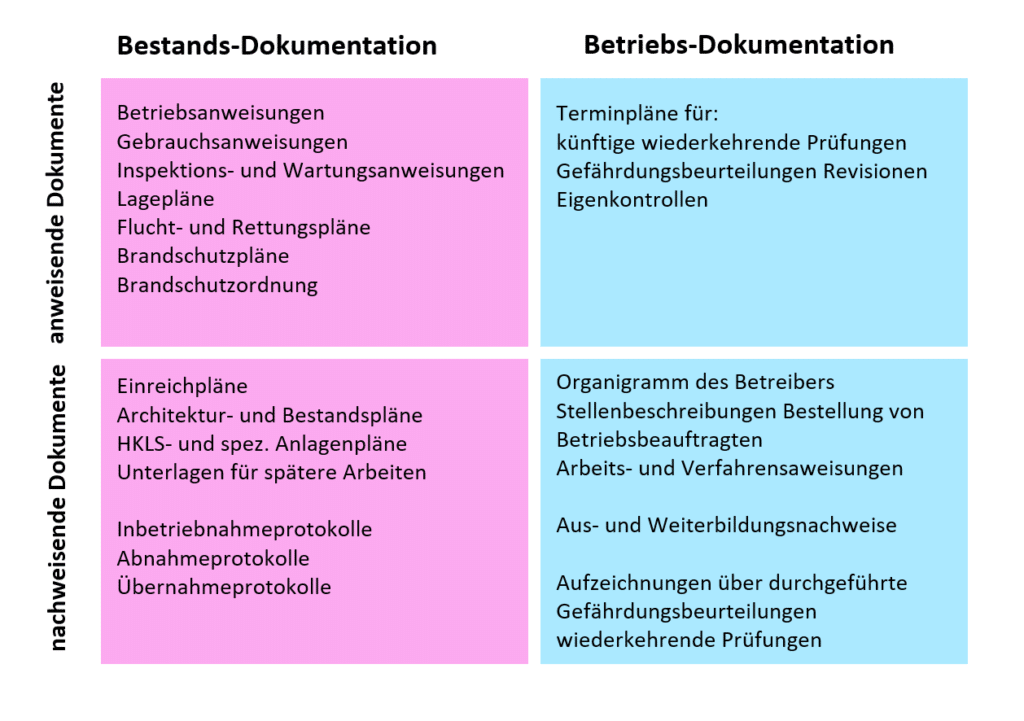Why is document management important in elevators?
Because 85% of the existing elevators are missing prescribed documents!
Due to the operator’s obligations, not only company employers, but also the owners of residential buildings, such as real estate companies or private landlords, are responsible in the event of liability damage. Especially when there is a lack of in-house expertise, operators are more dependent than ever on reliable (!) and high-quality service companies.
Please keep in mind that you can also be liable to a delegation if, for example, he does not adequately control the company he has commissioned.
Manage all documents digitally
Non-binding inquiriesVIEW Elevator takes over the document management for your elevators
With a large number of different areas in the management of a property, not only transparency is required, but above all efficiency.
We concentrate on the essentials: ONE glance at the dashboard should provide you with the only relevant information: Is there a need to take action and if so: why, where and when
For monitoring and, if necessary, for automatic escalation in the event of: insufficient performance, time delay or the documentation of identified defects.
To give you a simple overview of the status of your elevator portfolio at the end of the day and to inform you immediately of any specific need for action.
The structured organization of documents and web-based collaboration, the cross-process support, the fact that you can access documents from any device – at the push of a button – and get deep insights as well as you always have a secure overview, and none thanks to automatic planning and execution monitoring Missing appointments more saves you time and trouble …
By digitizing elevator management with LIFTBOOK, you can save up to 30% of your time, which you can use more productively. The savings potential varies depending on the role.
Transparency and deeper insights enable you to save costs between 20% and 50%. And you retain data sovereignty even if you change partners.
We record the documents for you in 3 modules
INVENTORY DOCUMENTATION
- Create master data
- Document review
- Topicality, completeness
- Upload to the platform
OPERATING DOCUMENTATION
- Clarification of responsibilities
- Involvement of stakeholders
MONITORING
- Ongoing operational controls
- Maintenance and repair
- Periodic review
How many of your attachments have missing documents?
If you can’t answer this question, then you may have a problem. But with the VIEW ElevatorBook ™ you definitely have a sustainable and safe solution. You only need a single elevator management system for all elevators. Manufacturer-independent, secure, transparent and at any time you can access the VIEW LiftBook ™ from your desktop PC or mobile device.

Which documents must be available on the system?
- Expert opinion for acceptance / testing
- Circuit diagrams
- Plans / attachments / drawings
- Evidence & Safety Manuals
- Emergency plan / emergency rescue instructions
- Operator manual
- Maintenance instructions
- Maintenance companys
- Test report / remote emergency call
- Documentation maintenance & repairs
- Elevator attendant
- Inspection protocols
- Test reports
- List of safety measures & inspectiondeadlines
More facts
Elevators are costly maintenance objects. Owners / operators tend to assume that any serious maintenance service provider can service their elevators – regardless of the brand, type or technology used. As a result, owners are looking for the cheapest market price for maintenance.
The latest study results show that maintenance or operational control obligations are meticulously adhered to in only a quarter of cases. During the weekly operational control, lift attendants must trigger a control alarm and personally check that it is functioning reliably. The result of a long-term investigation has shown that only 32% of the systems undergo this safety-relevant inspection.
A random sample from a large public operator with a mixed portfolio showed that around 85% of the systems did not have manuals or circuit diagrams that should be available for the system. This causes wasted time, stress and costs. In the case of wiring diagrams for modernizations, this can lead to additional costs of several thousand euros.
The share of external maintenance is around 43% today, compared to 15% ten years ago. Due to the lack of documents and plans, maintenance service providers and safety auditors are not adequately equipped to properly maintain or check the systems.
